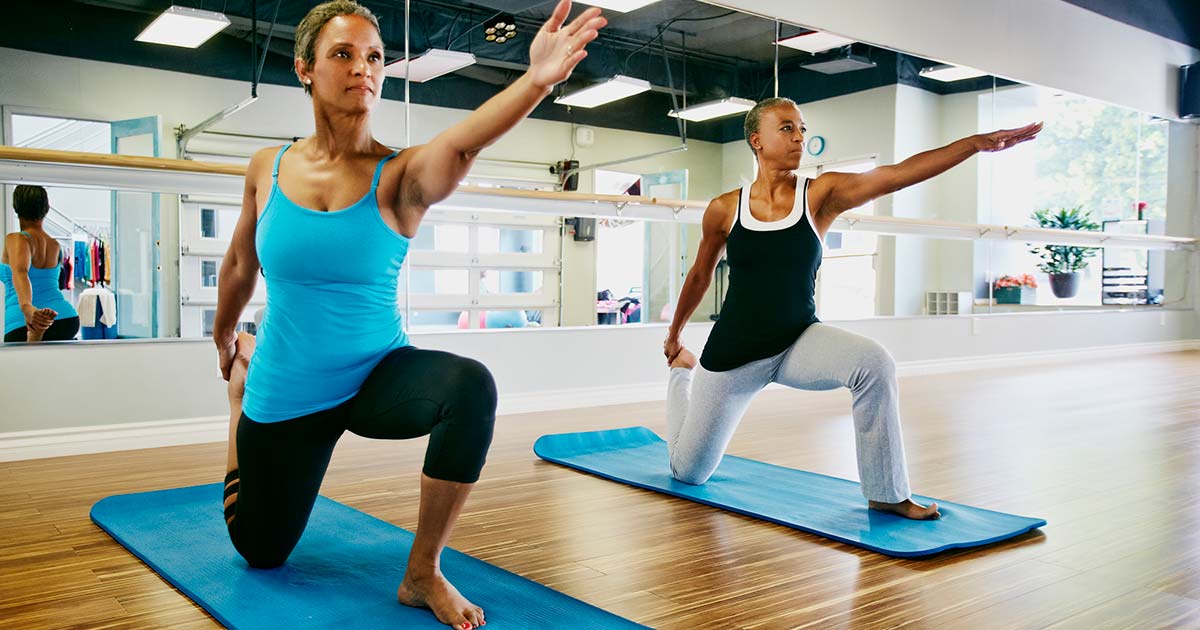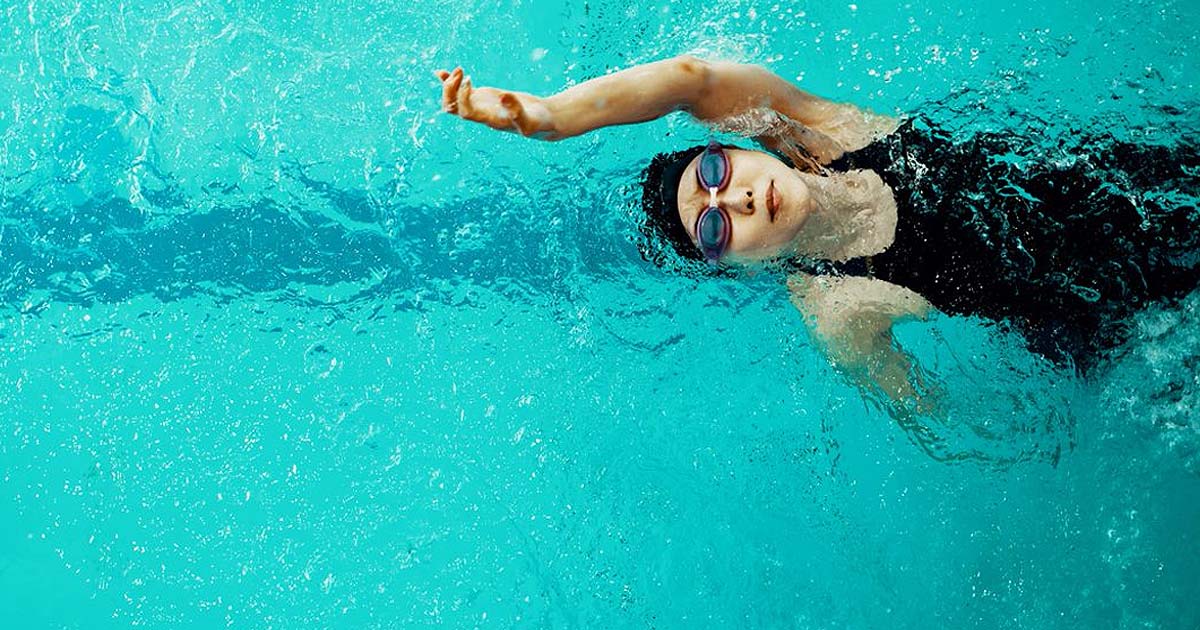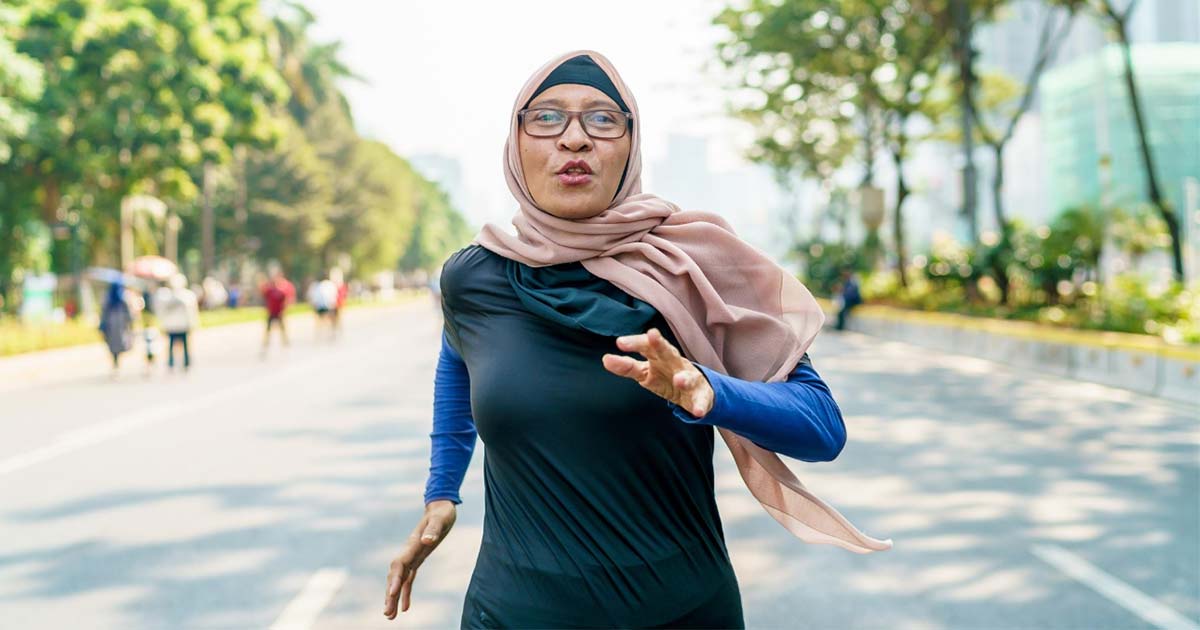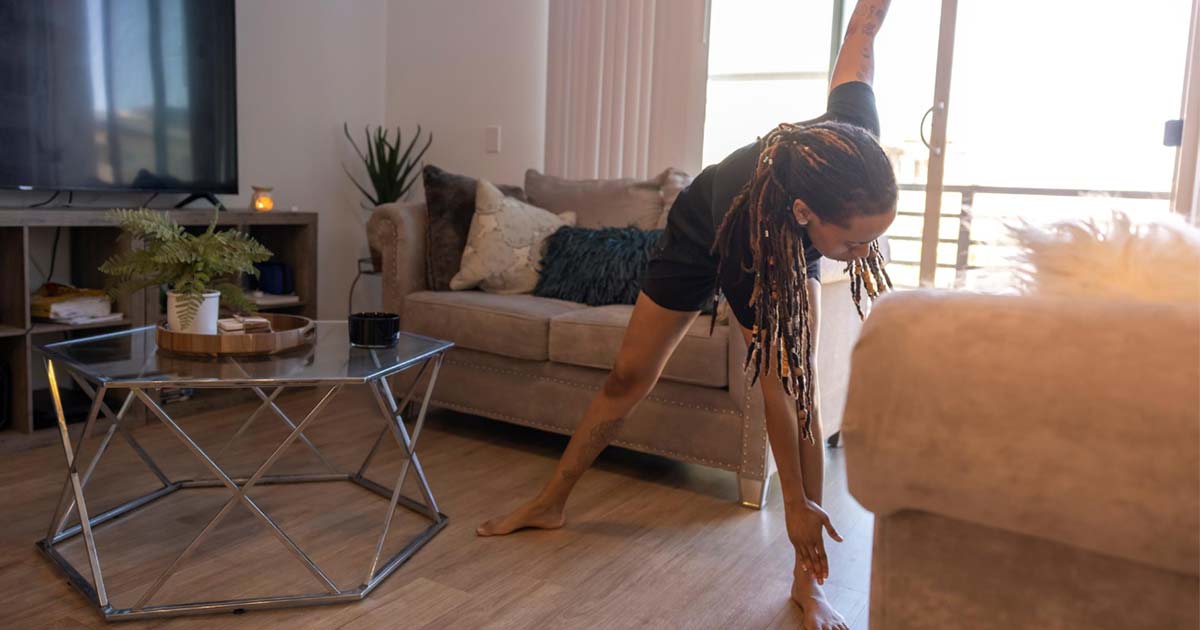Optimize Your Body's Support System to Move Safely and Effectively
Advice to improve your movement, fitness, and overall health from the world's #1 in orthopedics.
Every time you take a step, your bones, muscles, ligaments and tendons all work together in a symphony of movement to get you where you want to go. Exercise is the best way to keep functioning as smoothly as possible. It's especially important as you age, when the "notes" in your symphony of movement have a tendency to go awry. By following a healthy diet and incorporating movement into your everyday activities, you can keep your body humming.

The Sum of Your Parts
You know about the bones that make up your skeleton. But how do other structures give you stability and strength?
- Joints are composed of bones that work together to promote movement, such as your ankles, elbows, knees, and hips.
- Muscles are the soft tissues that work to move a joint.
- Tendons are bands of tissue that adhere muscles to bones.
- Ligaments are bands that join bone to bone.
When one or more of these structures becomes injured or degenerates, the others need to take up the slack, resulting in compensation of movement. There are activities you can do to reduce your risk of injury and strengthen your body's scaffolding.
What Happens When You Age
Your bones are in a constant state of remodeling, with old bone continually replaced by new bone. As you age, however, the rate of bone remodeling slows as early as your 40s and is accompanied by a loss of muscle mass that may start in your 30s. In addition, soft tissues such as tendons become less elastic as you age, making them more prone to degeneration as you get older. It's a natural process — Mother Nature at work.
It's not a losing battle, however. It just means you need to pay extra attention to the exercises you do and dietary choices you make to boost your musculoskeletal health as much as you can and reduce your risk of injury. You can do this by:
- Creating more "load" on your bones by engaging in weight-bearing activities. Increasing load on the bones stimulates bone growth and remodeling and improves bone density, reducing your risk of osteoporosis.
- Engaging in exercise even with osteoporosis. Some people with osteoporosis fear physical activity because they're afraid they might fall and break a bone, but not exercising can lead to weakness and make you even more vulnerable to injury. Talk with your doctor about safe activities you can do. People with osteoporosis may be advised to avoid certain movements that raise the risk of a fracture, such as excessive twisting of the spine or heavy overhead lifting. If you haven't been exercising, start with movements performed from a seated position, and work toward load-bearing activities while standing as you get into better shape.
- Maintaining muscle mass through resistance training. Just as loading the bone improves bone density, strength training replenishes muscles. When you do these exercises, they cause "microtears" in your muscle fibers that stimulate muscle cell activity. Waiting a day between strength exercises enables those microtears to heal and enhances muscle strength.
- Eating bone-healthy meals and protein to build muscle tissue. Calcium and vitamins C and D help bone health, while lean proteins help build and maintain muscle mass. Choose low-fat dairy products, citrus fruits, fatty fishes like salmon and cod and calcium- and vitamin C- and D-fortified foods, along with high-protein choices such as lean meats like chicken, eggs and nuts. A registered dietitian can help you make healthy choices that work for you.
- Stopping smoking. Cigarette smoking is a risk factor for osteoporosis and also affects cardiovascular function, including blood flow to your muscles.
- Getting out in the sun. Exposing your skin to sunlight promotes vitamin D production. Do so in moderation and use sunscreen to reduce your risk of skin cancer.
- Taking osteoporosis medications if prescribed. Injections of medications such as denosumab work with your body to slow bone loss by interfering with the development of bone-removing cells (osteoclasts). Not everyone needs these medications, but if you do, take them as prescribed.
The Value of Prevention
Building and maintaining strength and stability in your body are important for reducing your risk of falling and preventing frailty. Older people who undergo surgery for a hip fracture, for example, are at increased risk of other health problems that are worsened by immobility, such as heart failure, as well as repeated hospitalizations.
In addition to engaging in regular physical activity to boost bone and muscle strength, the following measures can reduce your risk of falling:
Practice balancing. Changes in your inner ear, nervous system, vision and muscle mass as you age can affect your ability to balance or recover from imbalance. Your awareness of where your body is in space and on the ground is called proprioception. You can improve your balancing abilities by:
- Standing on one foot for a minute as you brush your teeth and then shifting to the other foot for the second minute. Or balance on one foot and then the other while watching TV.
- Practice balancing on one foot or the other as you wash the dishes, using the edge of your kitchen sink for leverage if you feel like you may fall.
- Engaging in gentle yoga, which can include balancing postures.
- Practicing t'ai chi, which consists of gentle movements that shift weight from one foot to the other, sometimes with your eyes closed.
Avoid hunching. If your upper (thoracic) spine curves significantly (a condition called kyphosis), it shifts your center of gravity. With each step you take, your center of mass is different compared to someone who walks upright. Kyphosis may put you at risk of a fall.
Keep a strong core. Engage in exercises to align your head, shoulders, hips, knees and feet. A strong core is important for stability.
Stay loose. Engage in stretching exercises to improve your range of motion and reduce your risk of injury. People who are flexible are more likely to be able to recover quickly if they are about to trip.
Beware of medication side effects. Some drugs or drug combinations cause light-headedness or dizziness. Talk with your doctor about how to handle these effects if they are associated with your medications.
Create a safe home. Making sure the home environment is safe is especially important for older adults. Install grab bars in your bathrooms, secure stair railings and good lighting throughout your house. Remove throw rugs, clutter and anything else in your environment that could make you trip.
How to Get Started
If you want to start exercising to increase your strength and stability and reduce your risk of injury but you don't know where to begin, schedule an appointment with a physical therapist, exercise physiologist or physiatrist (doctor of physical medicine and rehabilitation). They can assess your body mechanics and overall health and help you design a physical activity regimen that works for you.
This article is from the Health Connection: Movement is Medicine issue and brought to you by Community Education & Outreach.




